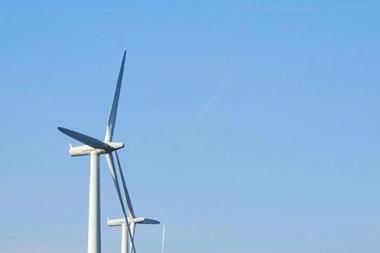The Australian government plans to overhaul the investment mandate of its A$230-billion (€142bn) Future Fund to drive capital into affordable housing, green energy projects and critical infrastructure.
While insisting that the fund would remain “independent”, Federal Treasurer Jim Chalmers has changed its investment mandate to direct capital to sectors the government considers as “national priorities”.
The national priorities are to increase the supply of residential housing, support for the energy transition for net zero transformation, and delivery of infrastructure projects that will improve the domestic supply chain.
Chalmers said: “The government remains committed to the fund’s independence and commercial focus. Its primary objective will continue to be to maximise returns.”
He said the fund was to keep its mandated average annual returns rate at between 4% and 5% above the inflation rate.
The fund was established in 2006 by the-then Conservative government with seed capital of A$60.5bn to take care of unfunded federal government superannuation liabilities. It has delivered average returns of 8.3% over the 10 years to June 30, 2024, against the target return of 6.9%.
Angus Taylor, Australia’s shadow treasurer accused Chalmers of “raiding Australia’s nest egg” to cover the government’s “economic failures.”
“Let’s be clear about this, the Future Fund is Australia’s money. It’s not the treasurer’s money, it is not the prime minister’s money, it is Australians’ money. It is not there to invest in pet projects.”
Chalmer has committed to preserving the fund’s capital until 2032-33 – an extension of six years, when it will then start to drawn down the money to help pay for the pensions of retired public sector workers.
Greg Combet, a former Labour minister, who now chairs the Fund, said: “Today’s announcements are an endorsement of the work that the Future Fund has done over 18 years to deliver its demanding investment mandate of CPI + 4–5% a year over the long term.”
Combet said delivering that investment target remained the focus for the Future Fund under the new investment mandate, independent of government, with the priority of generating commercial returns.
“The Government’s decision to defer withdrawals from the Future Fund until at least 2032-33 provides the Future Fund with the confidence to provide more focus and resources to areas of national priority identified in the new investment mandate that align with our risk and return hurdle,” he said.
The (government’s) priority areas were aligned with the Future Fund’s thinking, he added, pointing out that the fund was already prioritising investments in supporting energy transition, the supply of residential housing and infrastructure.
“We are continuing to assess opportunities to invest in businesses that will play a vital role in the energy transition,” he said, adding that the fund would be appointing an executive director to oversee investment in energy transition.
“We will also be developing strategies for further investment into housing and infrastructure as set out in its position papers and consistent with its investment focus on seeking more local currency exposure and protection against sustained higher inflation.”
The Future Fund has A$12bn – more than half of its infrastructure portfolio – worth of direct holdings in businesses that play an important role in the lives of Australians.
These include its investment in Tilt Renewables, one of the largest operators and developers of green energy infrastructure in Australia, with 1.8 GW in operational and late-stage wind, solar and battery storage projects. Other investments include A$6 billion in two major airports and in CDC, the largest operator and developer of data centres in Australia and New Zealand.
To read the latest 91��ý���� magazine click here.

















